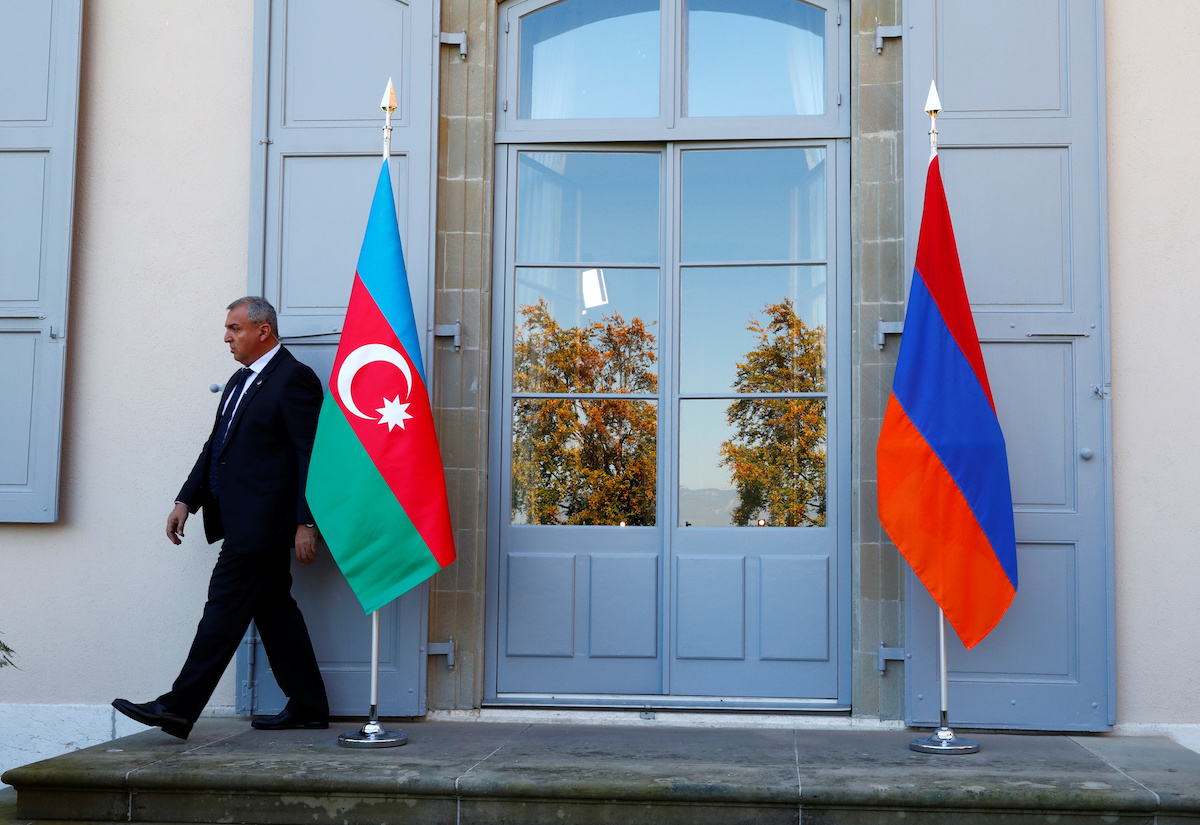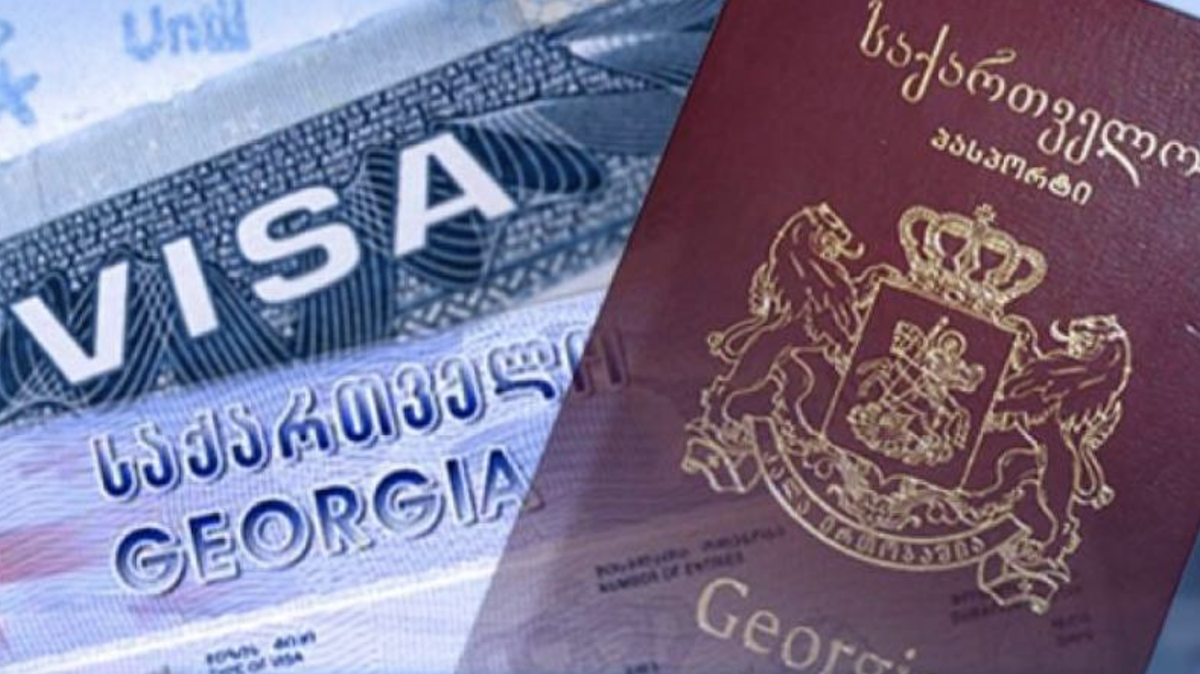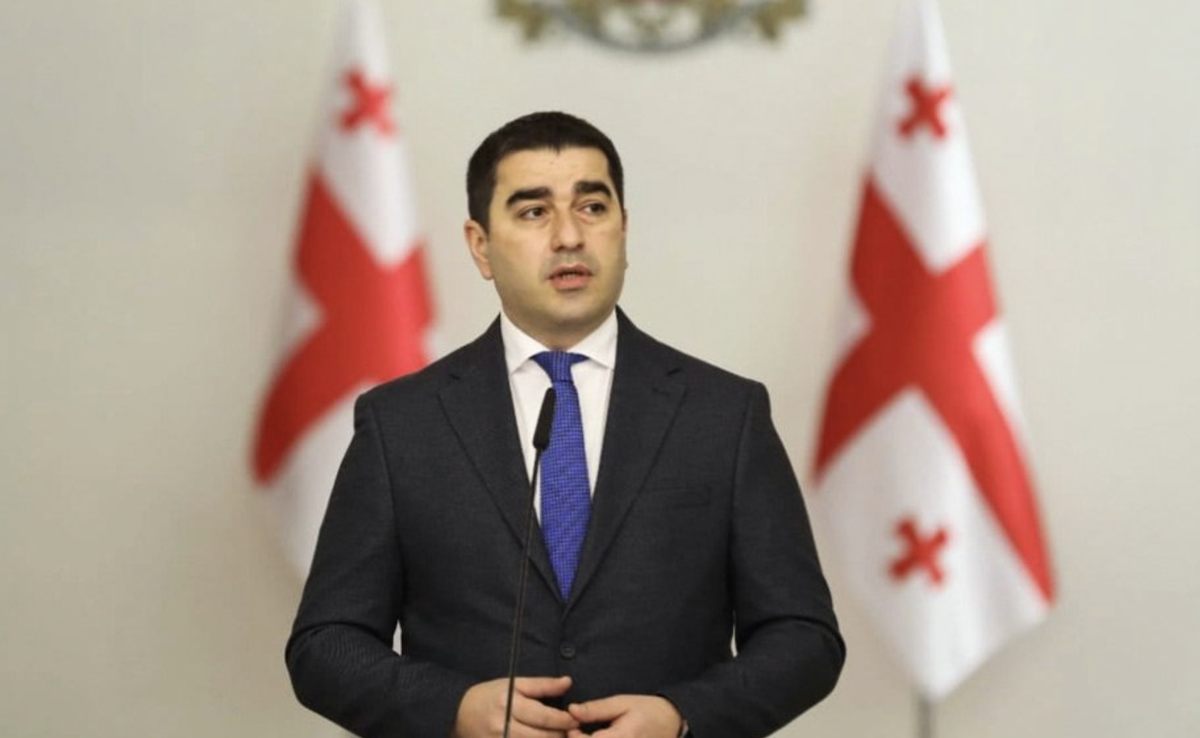Commentary: Politics and security hold each other hostage in Nagorno-Karabakh

This week’s meeting between Armenia’s and Azerbaijan’s foreign ministers is likely to centre on security issues, including numbers of international observers in Nagorno-Karabakh. But frustration with the peace process will grow unless both foreign ministers address the critical political aspects of a future settlement.
[su_dropcap]S[/su_dropcap]
niper fire can hit almost every open-air spot in Nerkin Karmiraghbyur, an Armenian village in the Tavush region on the border with Azerbaijan. Nargiza, who runs a well-stocked shop out of an abandoned railway coach in the village centre, laments the locals’ fate:
“We never feel safe. We hear shooting at night, and fear it during the day. My neighbours have stopped cultivating their vineyards. They were being shot at while at work.”
Nargiza means “daffodil”. It’s common in Azerbaijan and other Muslim cultures, but not in her native Armenia, especially since the three-decade-long conflict with Azerbaijan over Nagorno-Karabakh. As the two country’s foreign ministers prepare for a rare meeting on 16 January, Nargiza’s story is a reminder of how much is spoiled by the collateral damage of three decades of failure to resolve the dispute.
Security along the Armenian-Azerbaijani border, and the Line of Contact (LOC) around Nagorno-Karabakh and the adjacent Azerbaijani territories controlled by Armenians, has been precarious since the 1994 ceasefire. Just a handful of Organisation of Security and Cooperation in Europe (OSCE) observers monitor the line, even though this is one of the most heavily militarised regions in the world.
The costly and destabilising arms race, aggravated since the early 2000s by Azerbaijan’s oil and gas windfall, has been chiefly facilitated by Moscow, which sells weapons to both Baku and Yerevan. At the same time, Russia co-chairs, together with France and the U.S., the OSCE Minsk Group that steers the conflict settlement process. The downward spiral has grown deadlier since 2014, with increasing use of heavy artillery and renewed fighting in April 2016, which claimed at least 200 lives.
That fighting served as a wake-up call and opportunity to galvanise the stagnant peace process. In May and June 2016, President Sargsyan of Armenia and President Aliyev of Azerbaijan agreed on confidence and security building measures (CSBMs) – increasing the number of OSCE observers (likely from the current six to twelve) and creating a mechanism for investigating incidents – and taking forward substantive talks.
But they failed to prevent another breakdown in confidence and negotiations in September 2016, when skirmishes broke out again on the conflict divide, and continued until preparations for a new summit began in the summer of 2017.
Sargsyan’s and Aliyev’s October 2017 meeting recommitted both to CSBMs and substantive talks. There is refreshed hope that diplomacy can prevent a new escalation, which in the worst case could provoke a regional conflagration, given Armenia’s and Azerbaijan’s respective defence and strategic partnership and mutual support agreements with Russia and Turkey. But there is also a risk that meetings, if unproductive, will lead to a renewed sense of frustration with diplomacy, and a temptation to view the use of force as a legitimate means to solve the conflict.
For this to be avoided, progress has to be made on security while political discussions need to resume. But as in many conflicts, security and politics hold each other hostage.
The Armenian side insists on CSBMs before the substance of a future settlement can be discussed. “Who would discuss settlement while we are being shot at?”, an Armenian politician said to Crisis Group.
Azerbaijanis, for their part, have been reluctant to commit to CSMBs that would risk cementing the status quo, without discussions on the content of a future deal.
The 18 January meeting between the Armenian and Azerbaijani foreign ministers will discuss an increase of the number of OSCE observers, according to diplomats close to the peace process. The sides are still at odds on modalities.
Baku would at most like to see a light-touch arrangement with no change in the current offices, whereas Yerevan prefers a more hands-on arrangement, including new personnel with new duties.
In Nagorno-Karabakh, sources told Crisis Group they seek a permanent OSCE field presence in heavily populated parts of the Line of Contact. Although it is a tall order for a dozen unarmed staff to monitor the full length of the line, and the impact of their presence on overall security may be limited, an increase in numbers would be a small breakthrough in a process that often struggles to secure as much as a date for the next meeting between the sides.
The other CSBM on the table, an investigative mechanism, is far less likely to be agreed, diplomats say.
[su_dropcap]I[/su_dropcap]
n Nargiza’s village, Nerkin Karmiraghbyur, on the international Armenia-Azerbaijan border well to the north of Nagorno-Karabakh, nobody has been killed or injured recently, but the climate of fear is common along the length of the conflict divide.
In Armenia’s Tavush region, humanitarian agencies and local government have raised walls around the perimeter of schools and kindergartens to shield children from small arms fire. The local administration has built a bypass road – its exposed segments reinforced by a stone wall – to protect cars travelling between border villages. People move their beds away from windows exposed to the other side and Nargiza’s railway coach shop has old bullet holes in it.
In Nagorno-Karabakh itself, 7,000 of the region’s current 150,000-strong population live within 15 km of the divide. Hundreds of thousands more people, many of them displaced by fighting in the 1990s, live similarly close to the line on the Azerbaijani side, where an incident in July 2017 killed an elderly Azerbaijani woman and her two-year-old granddaughter.
People living near the divide are highly vulnerable, both now and in the event of a renewed escalation. Humanitarian aid workers are making contingency plans, and take a view that resumed fighting would have little regard for civilian lives.
[su_dropcap]I[/su_dropcap]
n order to prevent such a scenario, a discussion on security alone is insufficient. The political aspects of a future settlement, based on mutual concessions, will have to be addressed, with international security arrangements to guarantee them. A possible road map to an even-handed settlement was developed a decade ago in the Basic Principles, which outlines principles for a settlement, including:
Return of the territories surrounding Nagorno-Karabakh to Azerbaijani control;
An interim status for Nagorno-Karabakh providing security and self-government guarantees: a corridor linking Armenia to Nagorno-Karabakh;
Future determination of Nagorno-Karabakh’s final status through a legally binding expression of will;
The right of return of Internally Displaced Persons (IDPs) and refugees;
And international security guarantees, including a peacekeeping operation.
The principles continue to be accepted by both sides as the general umbrella for a settlement. In practice, they are shunned by people in both societies whose lives over the past quarter-century have developed around the conflict, and whose intractable discourses are in large part fuelled by their leaderships.
As long as both leaders envision a settlement on their own terms only, security and politics will keep each other hostage. And men and women like Nargiza, on both sides of the divide, will remain in peril.



















